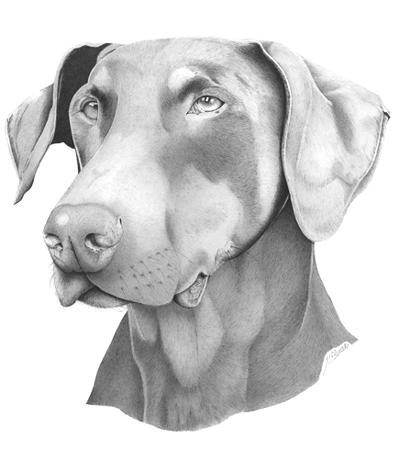A reader wrote to me a week ago (apologies for the delay) and asked:
What exactly is a fixative for pencil/graphite drawings? How and why should it be used? Is there a special kind?
There definitely is a special kind! So forget the use of hairspray as championed by a few artists. Why use a product designed for gluing hair together, with its unknown future problems, when you can use a product carefully formulated by scientists for just the purpose in hand.
I am by no means an expert on this matter but I do always use a fixative on my drawing on completion. In my case I use Winsor & Newton’s “Fixative for Pastel, Charcoal and Pencil”.
A good fixative not only fixes the loose graphite to the paper to prevent smudging, it also contains a UV filter to help to prevent yellowing (or aging) of the paper by sunlight.
I would always recommend its use…
…and here’s how…
-
* Place scrap paper at either side of your drawing
* Spray on one sheet until you are certain it won’t spit
* Pass the spray across your drawing
* Repeat in the other direction.
* Many light coats are better than one heavy coat.
The most immediate effect is that the sheen will disappear from the drawing and your blacks and darks will noticeably deepen in tone. They are not actually altered but just retuned to what they should have looked like had the flat plate-like graphite grains not reflected stray light.
